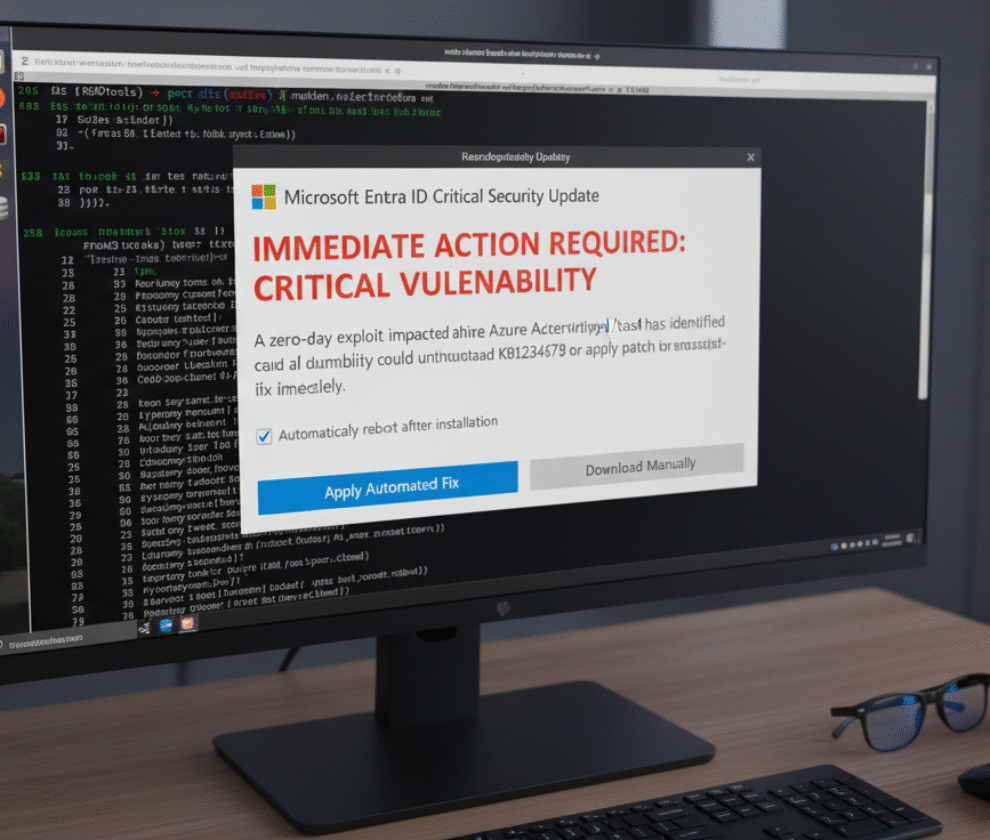In October 2025, the cybersecurity world was shaken by the unexpected decision not to appoint General William Hartman as the permanent leader of the U.S. Cyber Command and the National Security Agency (NSA). As the interim leader since April, Hartman appeared to be the clear and natural choice. Yet, this decision reflects deeper, more complex political and strategic considerations.
The Political Landscape Behind the Decision
Both the Cyber Command and NSA are crucial pillars in the United States’ cybersecurity infrastructure and intelligence operations. General Hartman had served as the Deputy Commander of the U.S. Cyber Command and led the Cyber National Mission Force, earning him solid support from key figures like Secretary of Defense Pete Hegseth and Director of National Intelligence Tulsi Gabbard. Despite his impressive track record, sources suggest Hartman struggled to secure unanimous backing from key Department of Defense officials. This highlights how politics often intertwine with leadership roles, even for highly qualified candidates.
The Dual-Leadership Debate
One of the contentious points revolves around the current “dual-hat” leadership model, where one individual oversees both the U.S. Cyber Command and the NSA. While this arrangement promotes better coordination between these entities, it has sparked controversy for years. Critics argue that separating these roles could prevent conflicts between the offensive cyber missions of Cyber Command and the defensive and intelligence responsibilities of the NSA. The Trump administration reignited this debate, emphasizing potential benefits of a split leadership structure.
Prolonged Uncertainty at the Top
The decision to bypass Hartman adds to a series of leadership shake-ups at these agencies. Previously, General Timothy Haugh was abruptly removed from the same role in a contentious move influenced by political activists. Such frequent leadership disruptions raise significant concerns about the government’s long-term vision and strategy in combating growing cybersecurity threats. This instability comes at a time when the importance of a consolidated leadership vision cannot be overstated.
Challenges Awaiting the Next Leader
The incoming leader of the Cyber Command and NSA will face several monumental challenges. From heightened cyber threats emanating from adversaries like China and Russia to the rise of cyberattacks as tools of hybrid warfare, the stakes have never been higher. Addressing these crises will require unified, robust strategies and reinforced infrastructure to thwart evolving threats.
Reid Novotny: A Possible Successor
One name speculated as a potential successor to Hartman is Reid Novotny, a cybersecurity expert with an impressive portfolio. Novotny has served with the National Guard Bureau and is a senior advisor at the Office of the National Cyber Director. However, the selection process goes beyond technical expertise. It demands strategic foresight and the ability to navigate bureaucratic complexities while addressing international cybersecurity challenges head-on.
Conclusion: Lessons and Future Directions
The decision not to appoint General William Hartman underscores the intricate dynamics shaping leadership in U.S. cybersecurity and intelligence. Balancing strategic goals, political pressures, and operational needs is no small feat in an ever-evolving digital threat landscape. This case exemplifies the need for a thoughtful, experienced approach to leadership selection.
At My Own Detective, we understand how these complex scenarios can affect individuals and organizations alike. Our team of experts provides strategic advisory services tailored to mitigate risks and navigate the evolving cybersecurity terrain. Reach out to us today, and let us help ensure your defense against ever-growing cyber threats.


